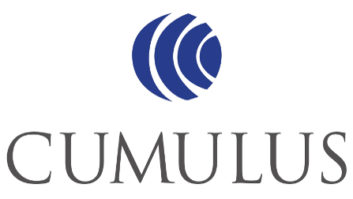Cumulus Media executives acknowledge that the broadcaster still faces considerable challenges if it is going to succeed with its financial turnaround. They also acknowledged a shrinking time frame for recovery during an earnings call Thursday to report first quarter 2016 results.
The big but debt-ridden radio broadcaster is negotiating with bond holders seeking a discounted exchange on its senior notes. The company is approximately $2.5 billion in debt. Cumulus hopes to negotiate a discounted exchange with debt holders, which would provide significant benefits to the company through deleveraging of its balance sheet and extension of maturity.
“Until we address the balance sheet, we will continue to be hindered in our ability to capitalize on the early progress we have made on our turnaround initiative,” said Cumulus CEO Mary Berner. “We still are in the early stages of a multiyear turnaround.”
Cumulus, the second-largest broadcast ownership group in the United States, reported net revenue of $268.5 million in the first quarter, down about 1 percent from the previous year.
J.P. Hannan, Cumulus senior VP, treasurer and CFO, said the broadcaster is acutely aware of its financial predicament and seemed to signal a possible breaking point if things don’t turnaround.
“We still do not have clear visibility into how long it will take to deliver sustained improvements in our financial results. However, the time frame within which we need to address our capital structure is certain. If by the end of 2017 we have not addressed our bond and avoided the springing maturity on our senior secured term loan, our options will be limited,” Hannan said. [“Springing maturity” is a technical financial term. According to a summary of the book “A Pragmatist’s Guide to Leveraged Finance,” “Bonds usually mature after loans; if loans mature before the bonds, bank lenders often require ‘springing maturity’ (if the bonds are outstanding, say 6 mos., before they are due, bank loans become due immediately; this allows senior lenders to have control over forcing cos. into bankruptcy etc.)”]
Cumulus also still runs the threat of being delisted from the NASDAQ because of its sub $1 stock price. Cumulus Media Inc.’s stock — CMLS on the NASDAQ stock market — closed Thursday at 35 cents a share. NASDAQ sent Cumulus a delisting notice in late 2015. To regain compliance a stock must trade at $1 or higher for 10 consecutive trading days.
Hannan noted that the broadcaster received approval earlier this week from NASDAQ to transfer the listing of its Class A common stock from the NASDAQ Global Select Market to the NASDAQ Capital Market. “This provides us an additional 180 calendar days to comply with the rule in order for our Class A common stock to remain listed on the NASDAQ,” Hannan said. Cumulus says it would consider a reverse stock split if the endeavor fails.
Berner said second quarter pacing for Cumulus, which also owns syndication service Westwood One, isn’t looking much better. “We are pacing down Q2 mid-single digits. Westwood One is facing difficulties and currently pacing down high single digits.”
Cumulus’ debt obligations are distracting the radio broadcaster, Berner says, and creating pressure on operations. “The debt has a tangible impact on business operations. Contracts get squeezed, recruitment is challenging and normal course business activities become increasingly difficult and expensive.”
She said the radio broadcaster continues to focus on a ratings initiative that shifts focus to local markets and away from a corporate play list strategy. Berner noted Cumulus is seeing less employee turnover as a result of putting more decision making into the hands of employees in individual markets.










